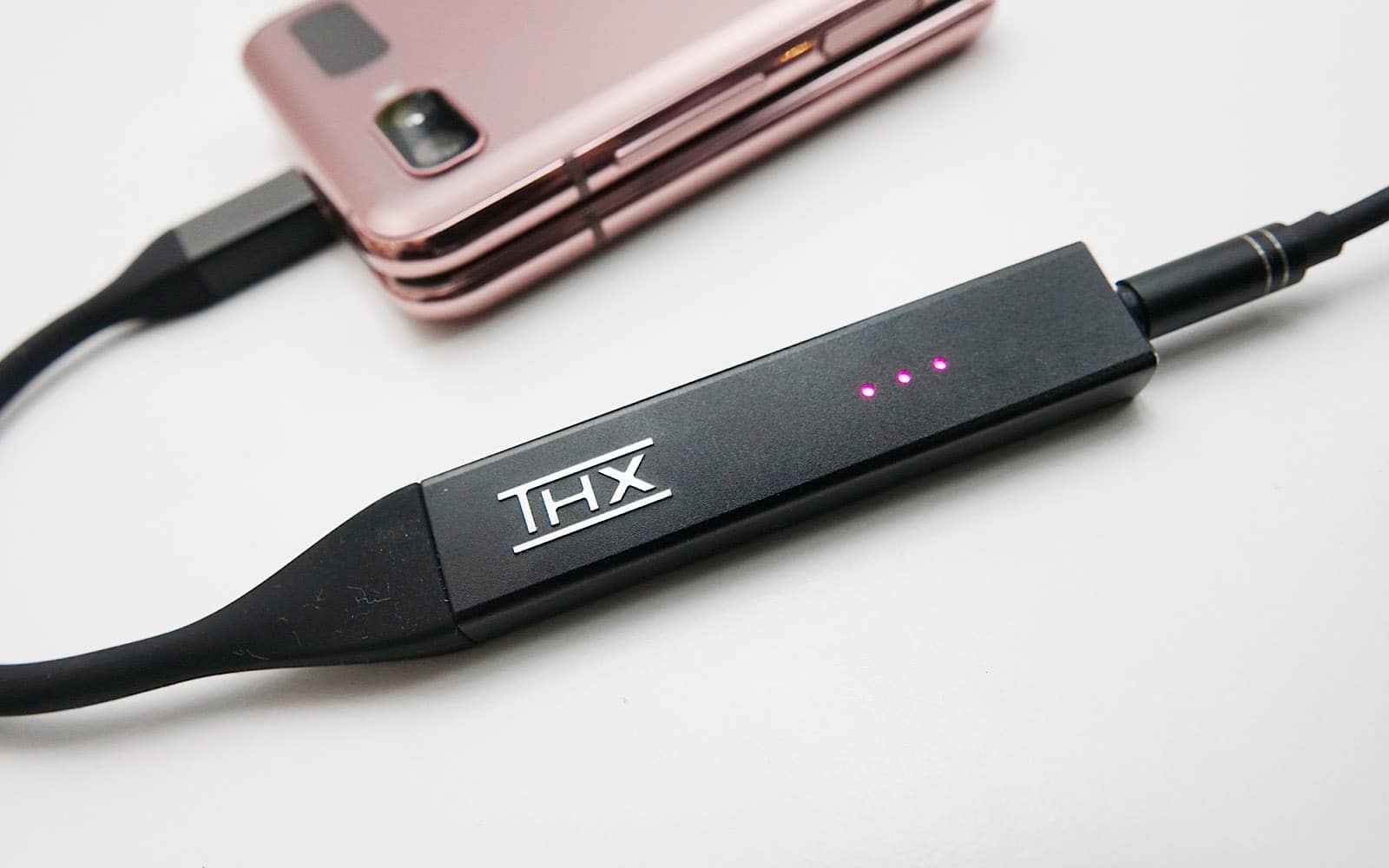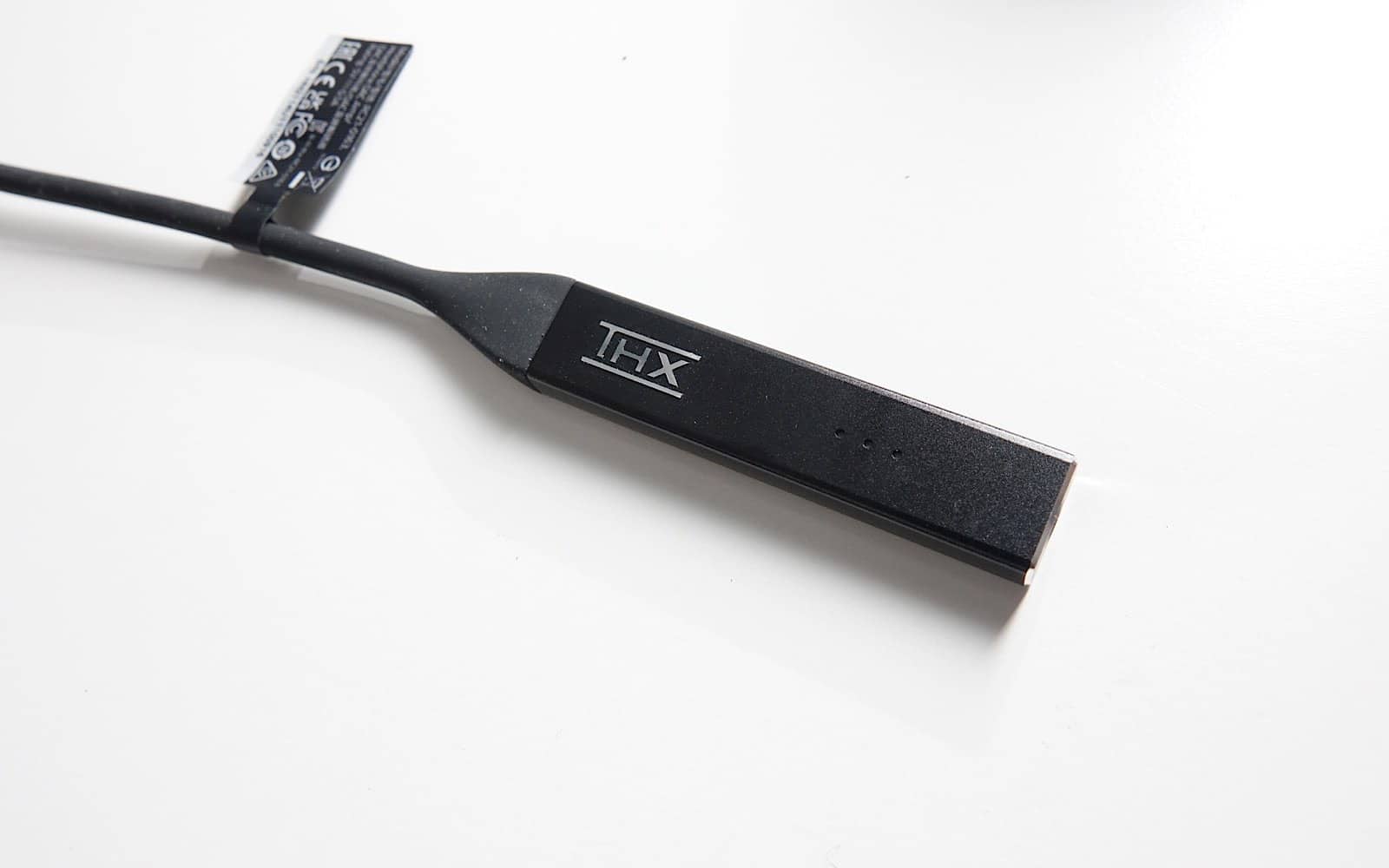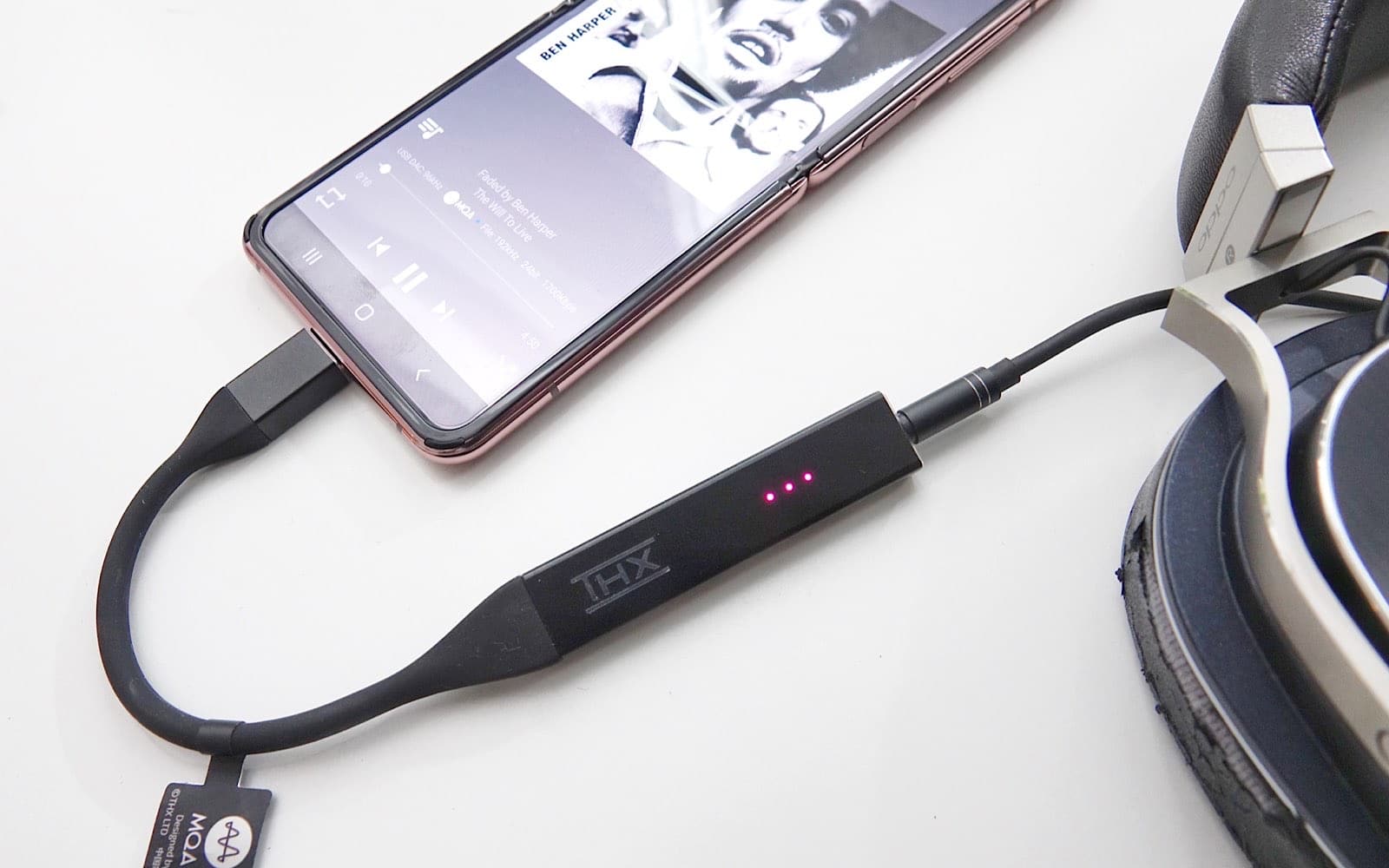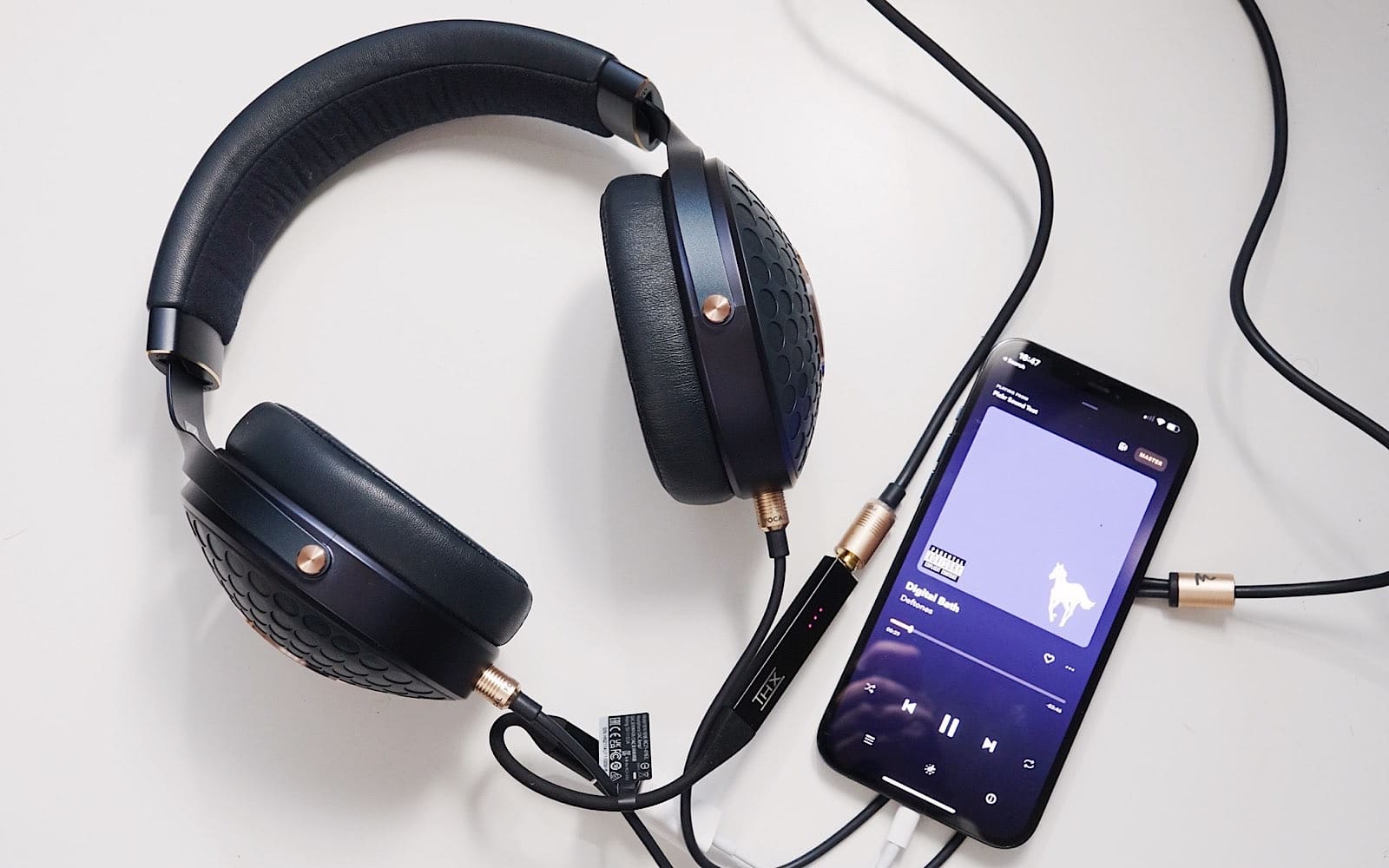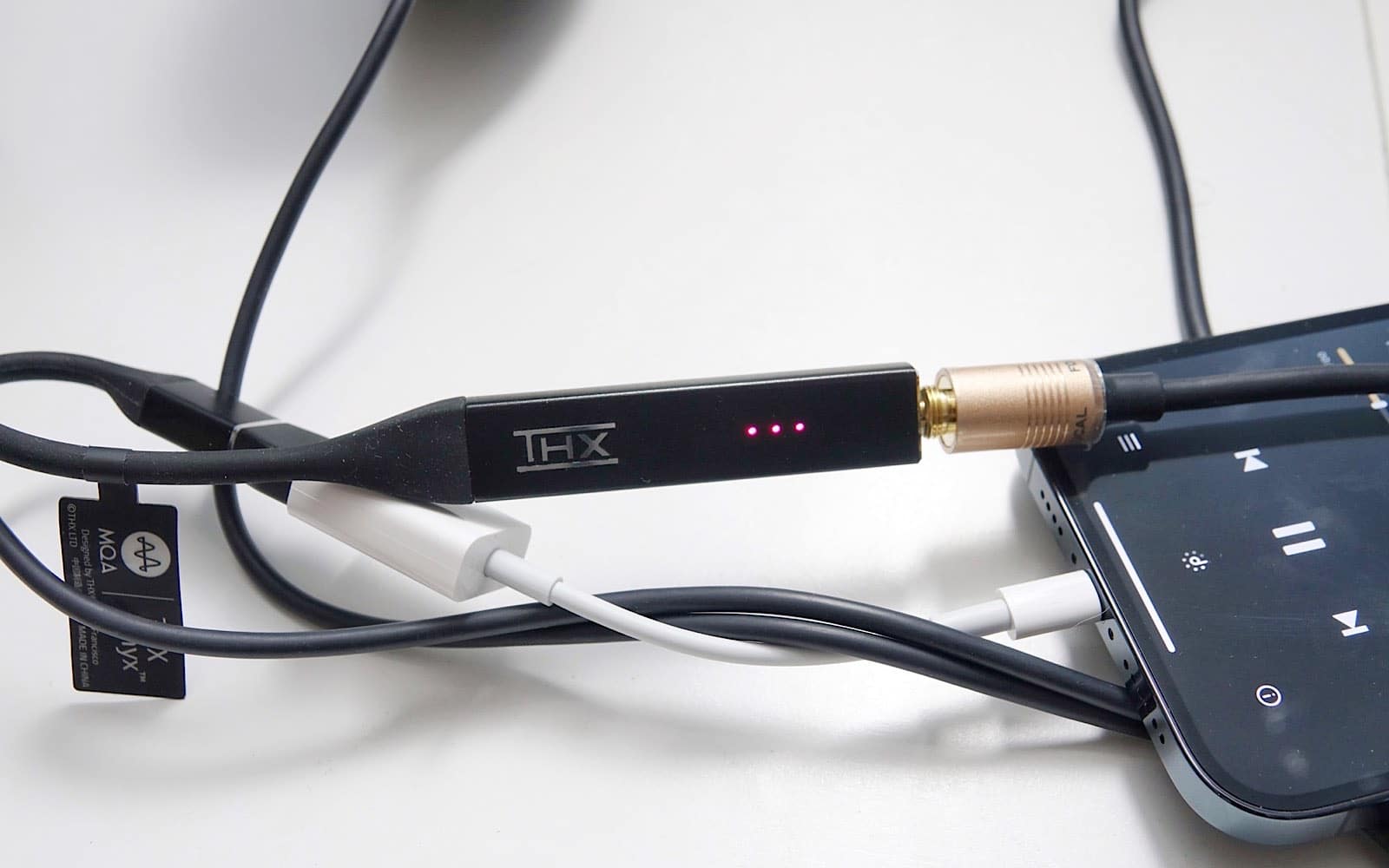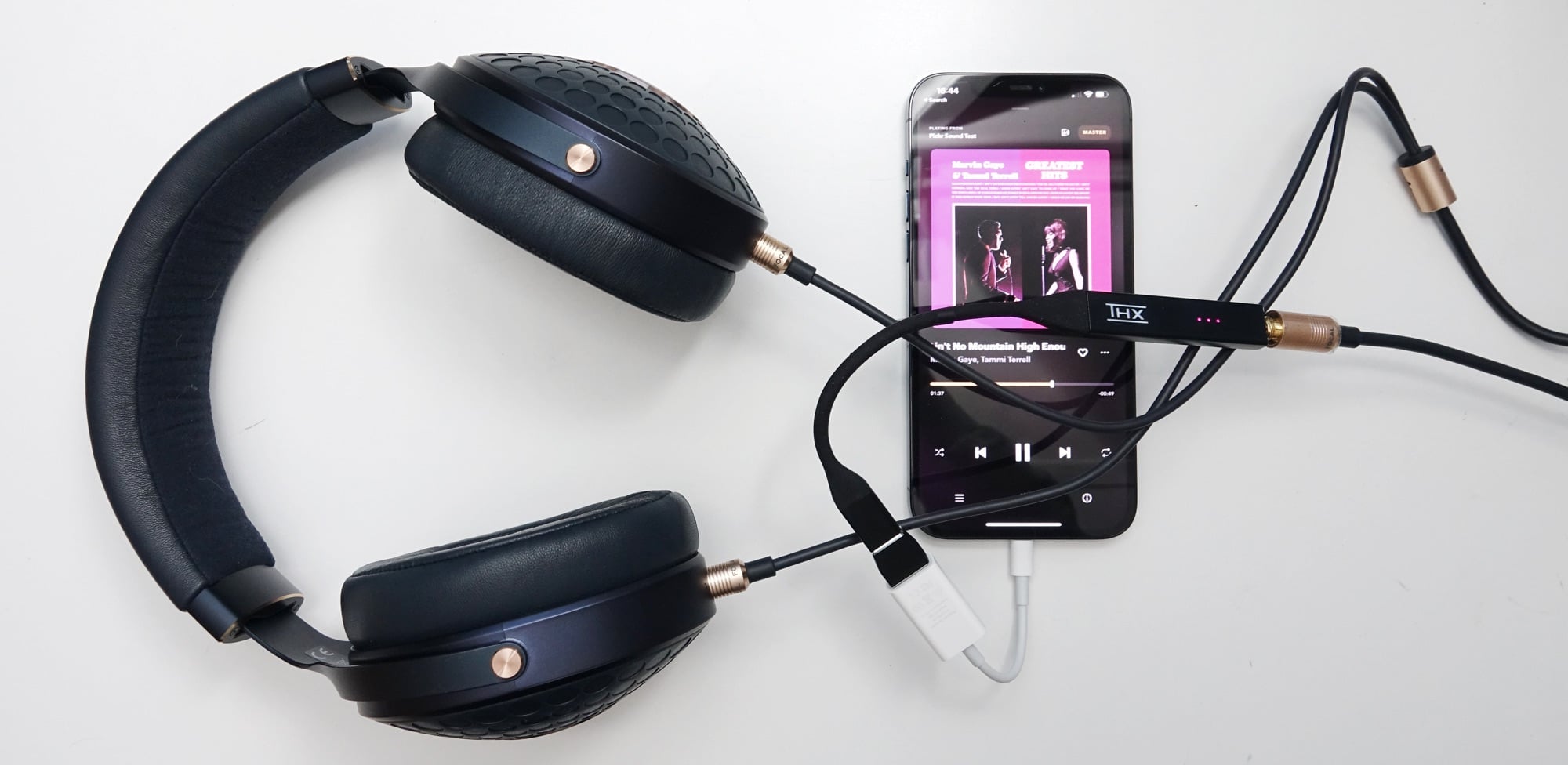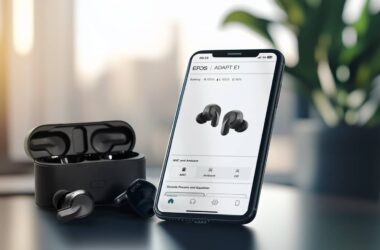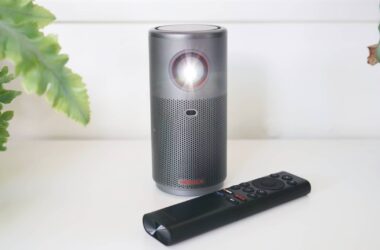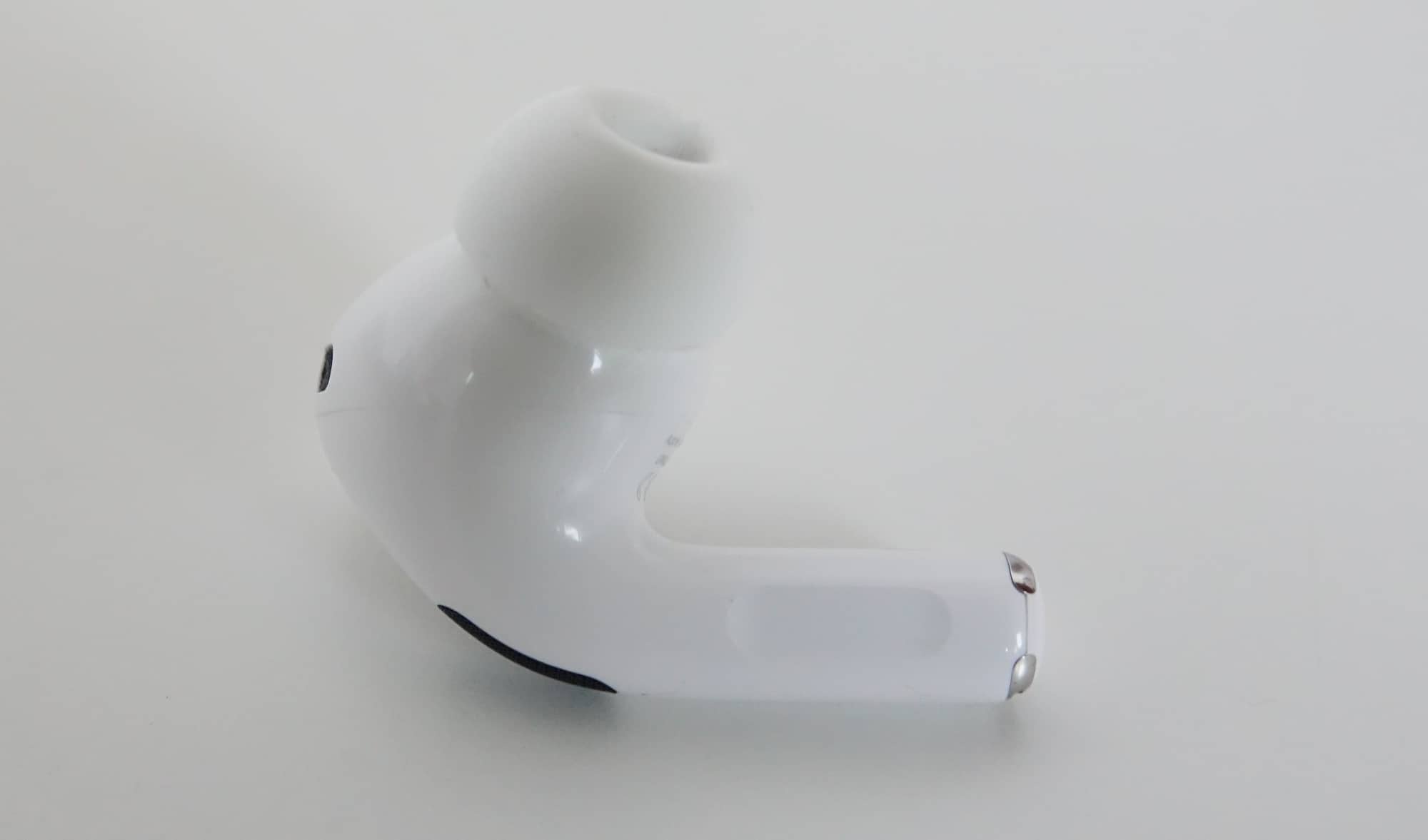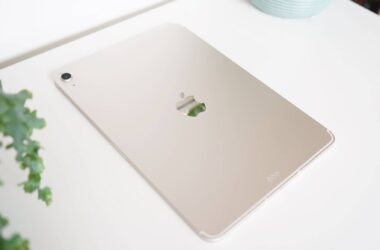Quick review
The good
The not-so-good
Keen to take your sound to the next level? Audiophiles with a love for mobility might dig the THX Onyx, bringing high-res sound to Android, iOS, and beyond.
If you’re one of those people that loves their sound, you might be keen to boost it, especially if you have big headphones you want to use.
By “big headphones”, we’re talking things like the Focal Celeste, Sennheiser’s IEMs, or gear from Campfire Audio. Big headphones made for proper amplification and not so much your phone or tablet, often arriving with an equally big price tag.
However big headphones tend to come with a big cost, and aren’t typically made for phones and tablets, requiring an amp to let you get the most, but amps are often big and cumbersome, and so you don’t typically use big headphones with your phone. They’re getting smaller, though, and gone are the times when you’d necessarily need to strap a portable headphone amplifier to your phone just to get it to play nicely with your bigger headphones. In fact, these days the size is downright diminutive.
We’re seeing quite a few in recent years, and the THX Onyx shows it off well, with a device made for big headphones in a small size.
What is the THX Onyx amp?
Another accessory for your digital world, the THX Onyx is the latest in a range of portable headphone amplifiers to boost and improve audio quality from your devices.
Focused on phones and tablets primarily, but also working with computers, the Onyx is a THX Achromatic Audio Amplifier including the ESS ES9281PRO digital-to-analogue converter (DAC), executing in a USB Type C port, providing power and data all at once. Technically built for Master Quality Authenticated (MQA) files, it’ll handle audio of all types, but tell you what you’re playing using little bright LEDs on the body.
The body itself uses rubber and an alloy, and relies on magnets to let you fold the cable from under itself and hold it together neatly with the main hardware. However, at one end, there’s a Type C port and the other is a 3.5mm headset jack, allowing you to plug directly into your device and get an output to headphones using that hardware.
What does it do?
Plug it in and give it a whirl — Type C into a device, your headphones into the 3.5mm headset jack — and you’ll see three LEDs light up to tell you what’s coming out of your device.
On iOS with the iPhone, it’ll be automatic, but on Android, you might want to check the app you’re using and its output, changing where the sound is coming out to let the app use the hardware. Once it’s working, you may see the LEDs change, because that means the world in the THX Onyx.
Does the Onyx do the job?
THX uses a system of brightly coloured LED dots to let you know what you’re listening to, though it probably only needs one, since the colours seem to be consistent regardless. They’ll light up as:
- Blue for PCM 44.kHz or lower (most music)
- Gold for PCM 48 kHz and higher (lossless)
- Magneta or pink for Master Quality Authenticated (MQA)
- Red for DSD
Provided you can keep that in your mind, you’ll have some degree of verification of what you’re listening to, something not all DAC headphone amps offer. Here on the Onyx, it’s right there in colours on the amp, giving you an idea if it’s all working.
What does it need?
Well built and easy to use, the THX Onyx is more or less a plug and play design, where you simply need to plug it in, play some audio, and voila, it works.
Granted, we could never get the highest output, missing out on the red lights for DSD playback, despite running DSD files on a Mac.
So what does it need? We think THX should have included software for Windows or Mac to let you play those files.
On iOS and Android, you’re more or less relying on services, and with Tidal supporting MQA through its Tidal HiFi plan, you’ll get the high-end note of pink LEDs from the Onyx amp. Tune into the high-res love from Apple Music and it will switch to gold if you get higher than 48kHz lossless, while most other services will likely switch to blue.
But if you want to play DSD and get the best amount out, you probably need an app on Windows and Mac, and given the price, we think it’s an inclusion that should have been there.
Is the THX Onyx worth your money?
That highlights what may well be biggest problem with the THX Onyx: at $360 in Australia, it’s one of the priciest Type C amps on the market, even if it does come with a neat little USB Type C to USB A (standard USB) accessory, something we’ve not seen before.
Granted, the Onyx works with iOS, meaning you can plug this little converter directly into a tablet like the iPad Air or iPad Pro, or pretty much any Android phone released in the past three or four years
The Onyx also works on computers, but you may need to pay for a spot of software to get support for those high-res formats, adding to the cost.
As to whether the THX Onyx is worth the cost, that’ll depend on your love for audio and how pure an experience you want.
We’re big fans of the obvious competitor, the Type C DAC model from Astell & Kern we reviewed earlier in the year, but its one catch is that it doesn’t work on iOS due to power requirements. In comparison, THX’s Onyx does, and so if you have an iPhone or iPad, this may well be the solution. Owners of an iPhone will need the Apple Lightning to USB adaptor, but it works and gets high-res audio out from the iPhone clearly and easily.
Yay or nay?
For the price, the THX Onyx can feel like a bit of an overstep, especially given its obvious competitor in Australia, the Astell & Kern Dual DAC USB cable, is less than half the price. However you also get iOS support and a sign of what you’re listening to, both factors missing in action on A&K’s alternative.
It’s a great addition to portable sound, but a great addition with a catch. The price is a little hefty for those extra features.
If both of those are critical to your love of high-res sound, you might find the $200 more expensive Onyx is the better option, though we’d probably wait until the price dropped just a little more.



